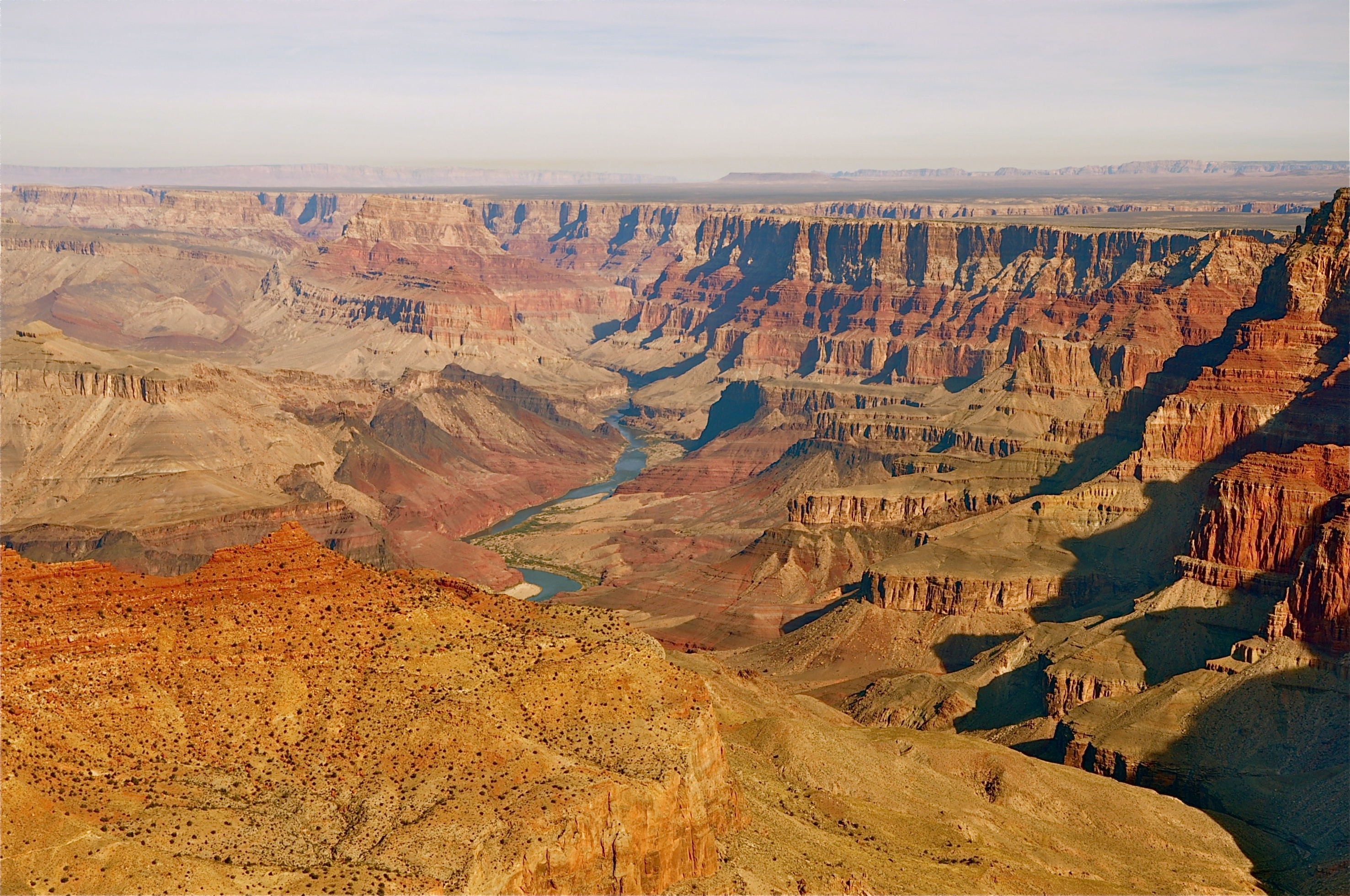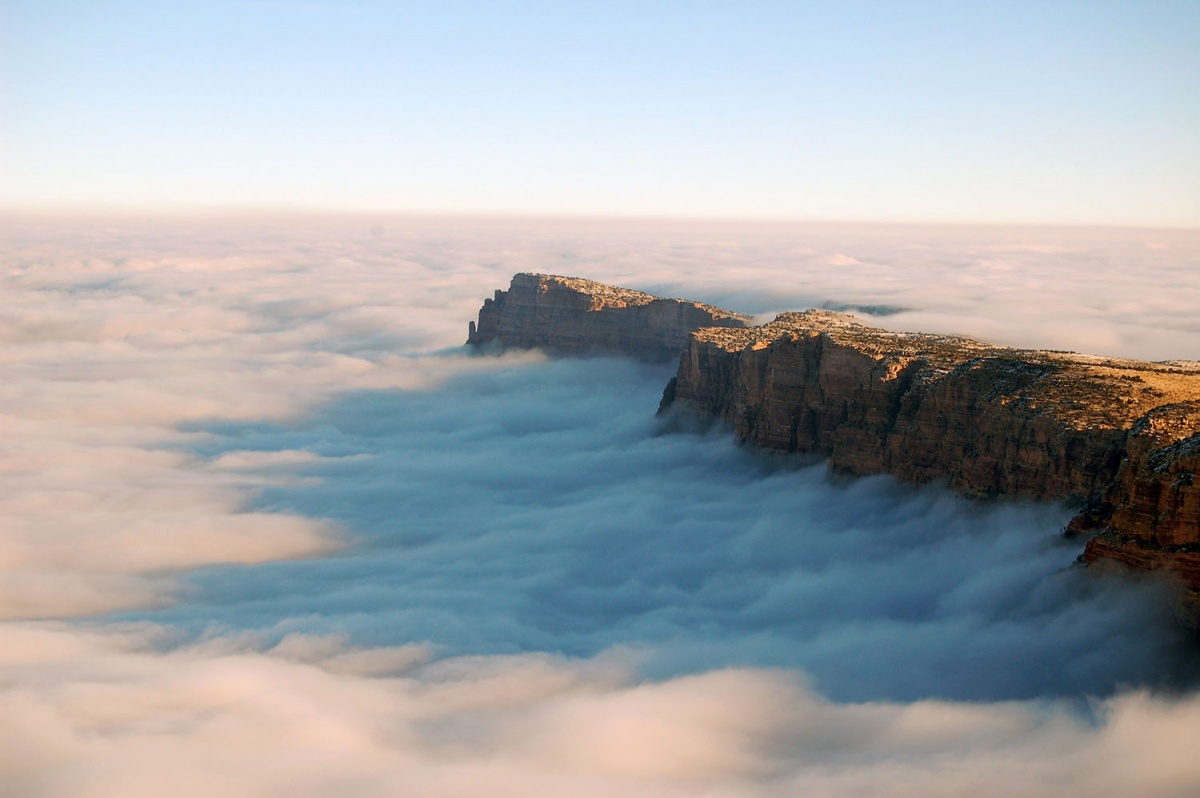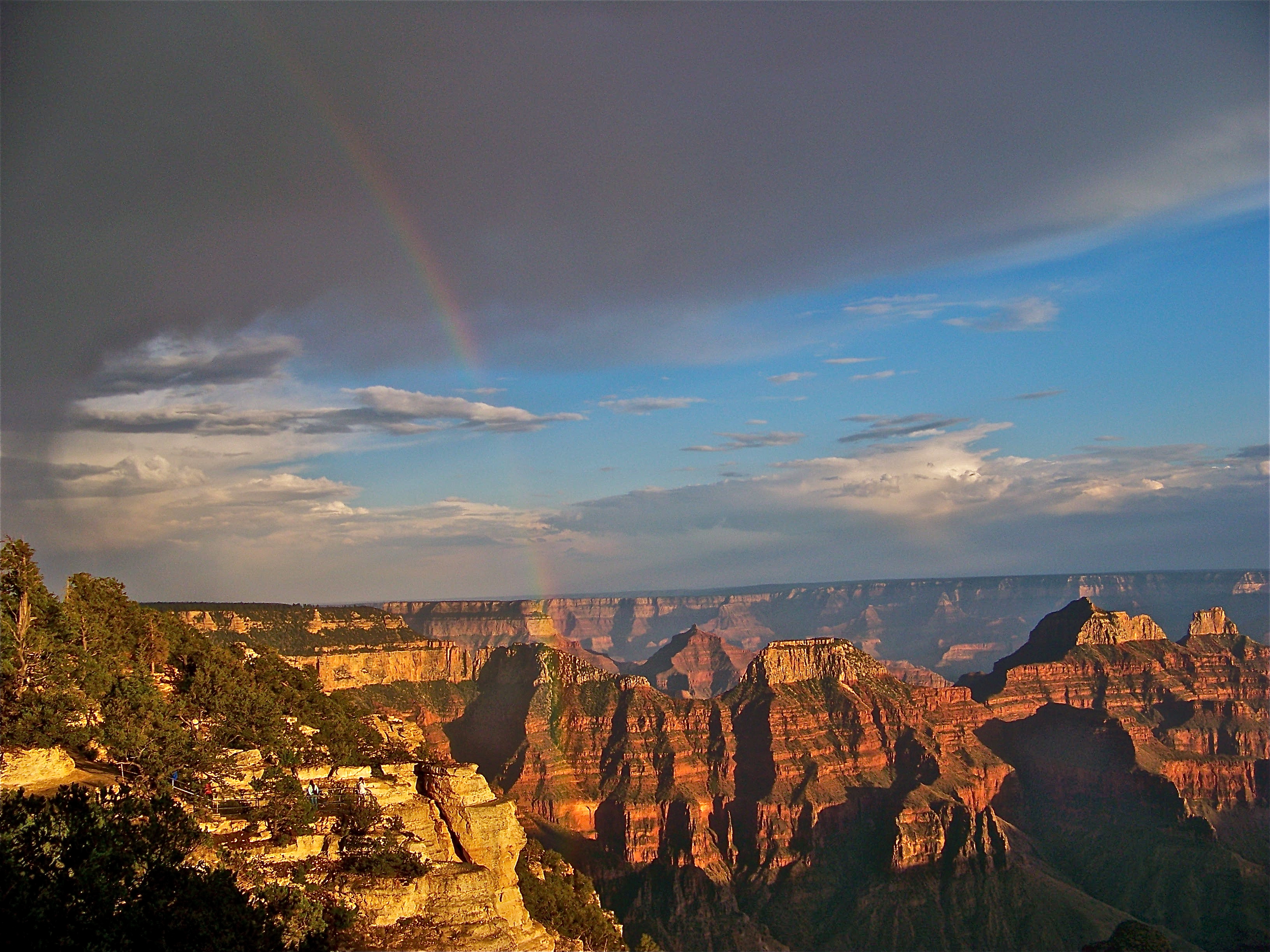In Photos: Stunning Views of Grand Canyon National Park
Protecting and publicizing

Since Major Powell returned from his first expedition and told the world of the Grand Canyon, Americans have responded to this natural wonder in two divergent ways — how to protect it and how to make money from it. Creative businessmen have considered such enterprises as building a large cableway to haul bat guano from canyon floor caves to the canyon rim to package and sell to gardeners. The federal government once explored the idea of building hydroelectric dams in the heart of the canyon. Even today, developers continue to put forth proposals of mining and commercial development of the land surrounding Grand Canyon National Park.
Cloud Canyon

The first bill to make the Grand Canyon a national park was introduced by Sen. Benjamin Harrison of Indiana in 1872, but it failed. Harrison again introduced his national park bill in 1883 and 1886; again, both bills failed. Harrison became U.S. president in 1889, and in 1893, he created the Grand Canyon Forest Reserve by executive order. President Theodore Roosevelt increased protection of the Grand Canyon by creating the Grand Canyon Game Preserve in 1906 and then the Grand Canyon National Monument in 1908. Two more bills, one in 1910 and a second in 1911, failed to establish the Grand Canyon as a national park. Finally, on Feb. 26, 1919, 50 years after Powell's first expedition, President Woodrow Wilson signed the congressionally approved bill establishing Grand Canyon National Park. Shown here, a rare meteorological event known as a "total cloud inversion," when the depths of the Grand Canyon fill with ground-clinging fog.
Saving a rarity

Less than two years after the passage of the 1906 Antiquities Act, President Theodore Roosevelt designated the Grand Canyon National Monument on Jan. 11, 1908. With this national monument proclamation, President Roosevelt placed the entire 277 mile (446 km) magnificent gorge under federal protection from potential looters, mining interests and any unauthorized development. Roosevelt had long desired to place the Grand Canyon under federal protection, and since his 1903 canyon visit he had justified his interest through statements like "Let this great wonder of nature remain as it now is. Do nothing to mar its grandeur, sublimity and loveliness. You cannot improve on it. But what you can do is to keep it for your children, your children's children, and all who come after you, as the one great sight which every American should see."
Over 100 years later, President Roosevelt's words still ring true as a rainbow, shown here, forms over the north rim of the Grand Canyon after a summer rain shower. Happy 100th Birthday Grand Canyon National Park!
Get the world’s most fascinating discoveries delivered straight to your inbox.


